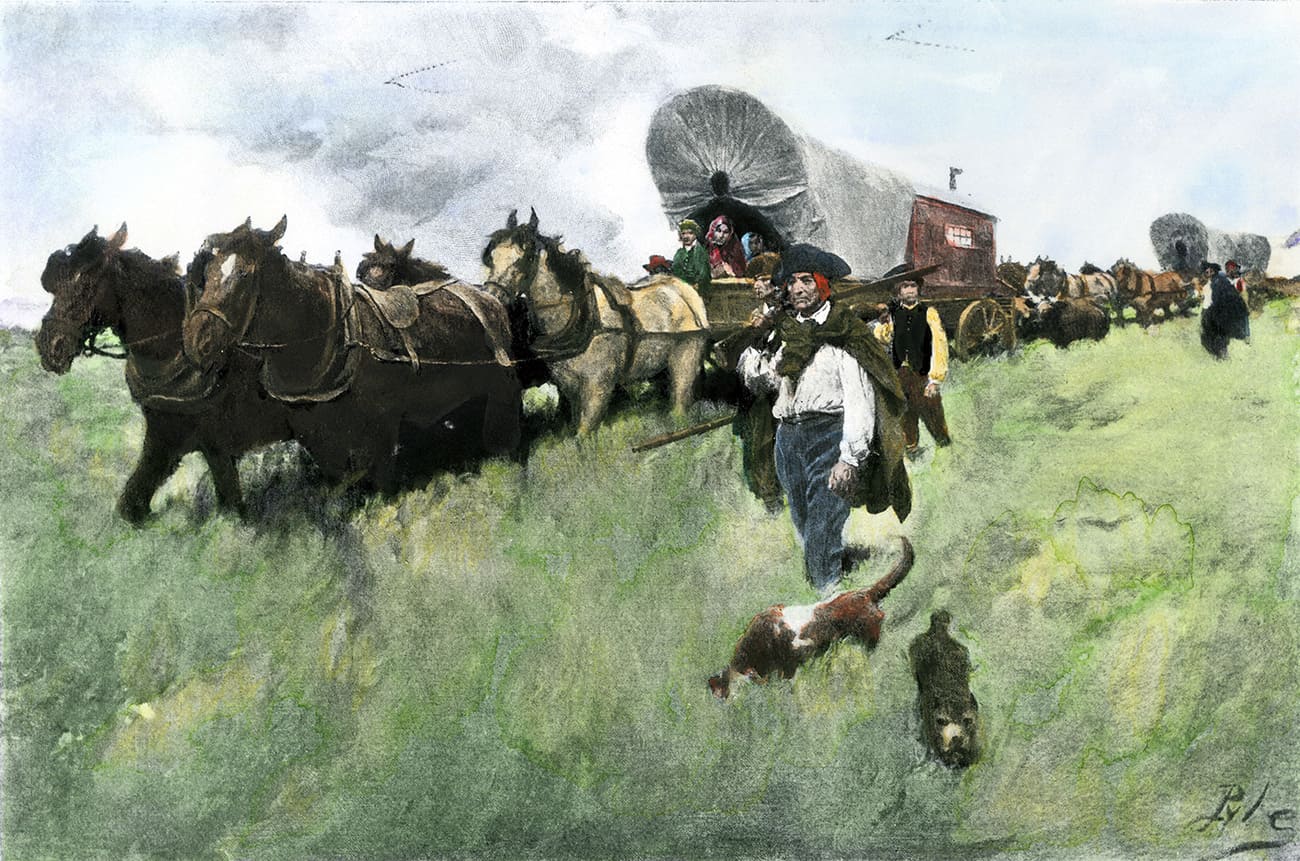
The Firelands:
Reparation for the Burning of Norwalk

This story begins on the morning of July 11, 1779 when British General William Tryon raided Norwalk, setting fire to the most populated parts of the town. It is said that Tryon sat in a chair on Grumman Hill and coldly watched as the flames of the British fires consumed homes, barns, crops, ships, churches, wharves and warehouses filled with stores.

Norwalk was one of nine Connecticut towns burned by the British during the Revolutionary War. The residents of these nine towns lived in the ashes through the end of the war, struggling with lack of food, clothing and shelter.
In desperation, the “Sufferers,” as they were called, turned to the Connecticut General Assembly for help. The nine towns sent “Memorialists” to explain their hardships and plead for aid, but it was not until 1792 that the General Assembly repaid the sufferers by granting them lands in Ohio, the Firelands.
The story ends on April 29, 1816, the day the first settlers from Norwalk arrived at their new home in Ohio, named in honor of their old one in Connecticut. The hardy pioneers who settled the Firelands are Norwalk’s tie with the American expansion to the West.



